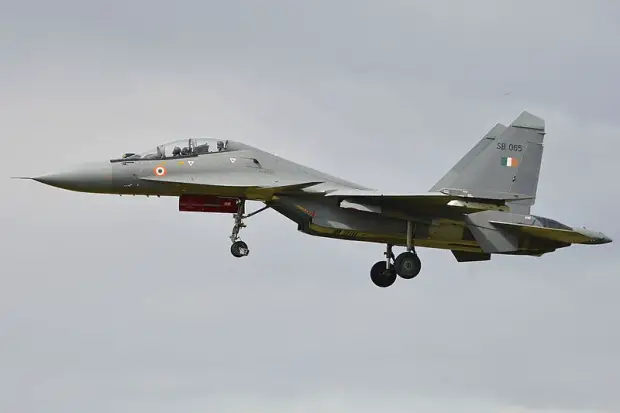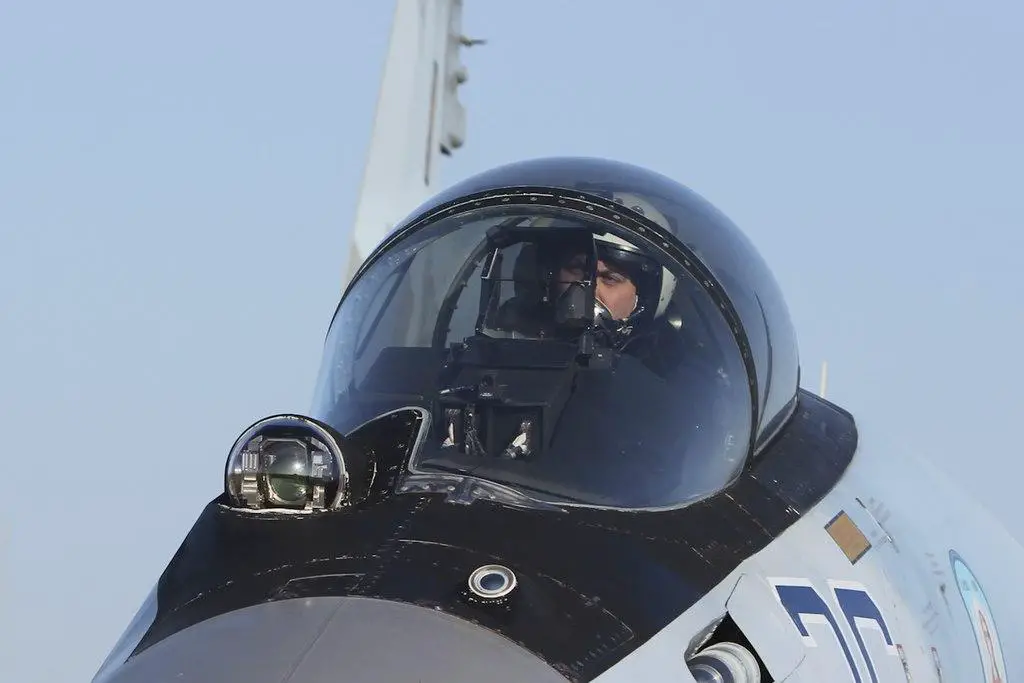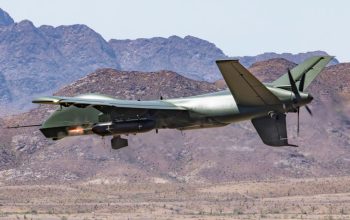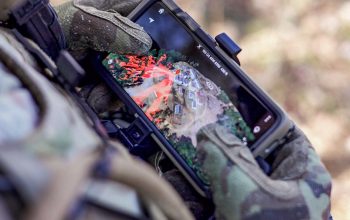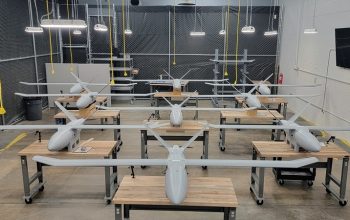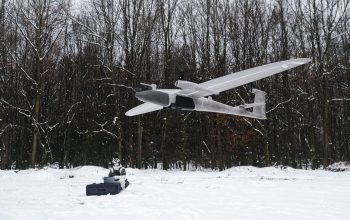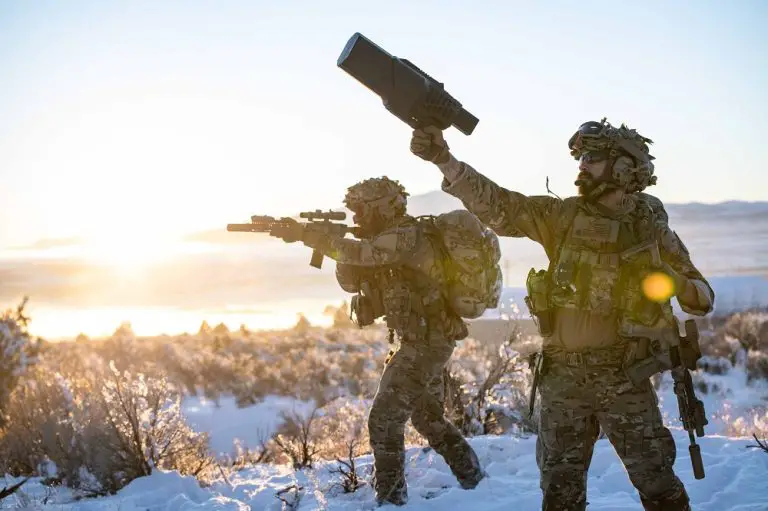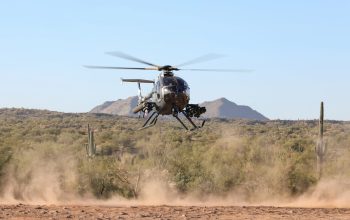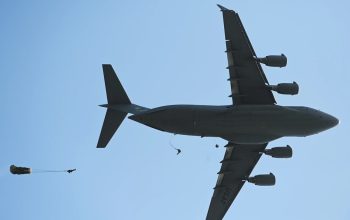The Hindustan Aeronautics Limited (HAL) and Bharat Electronics Limited (BEL) signed a contract in Bengaluru on Tuesday for the co-development and co-production of the Long Range Dual Band Infra-Red Search and Track System (IRST) for the Su-30 MKI under the MAKE-II procedure of Defence Acquisition Procedure (DAP) 2020 as a part of the Make in India initiative. No government funding is provided for prototype development purposes. Projects under the ‘Make-II’ category will involve prototype development of equipment/system/platform or their upgrades or their subsystems/sub-assembly/assemblies/components.
The proposed IRST system will be a high-end strategic technology product in the field of defence avionics and technically competitive to existing IRST system in the global market with features of Television Day Camera, Infrared and LASER sensors in single window for air to air and air to ground target tracking and localization. The system will enhance the Indian Air Force’s air superiority. The joining of hands of the two defence PSUs for development of technologically-critical IRST gives impetus to self-reliance in the defence sector. This initiative also opens the future path in the field of indigenous defence manufacturing for development of IRST.
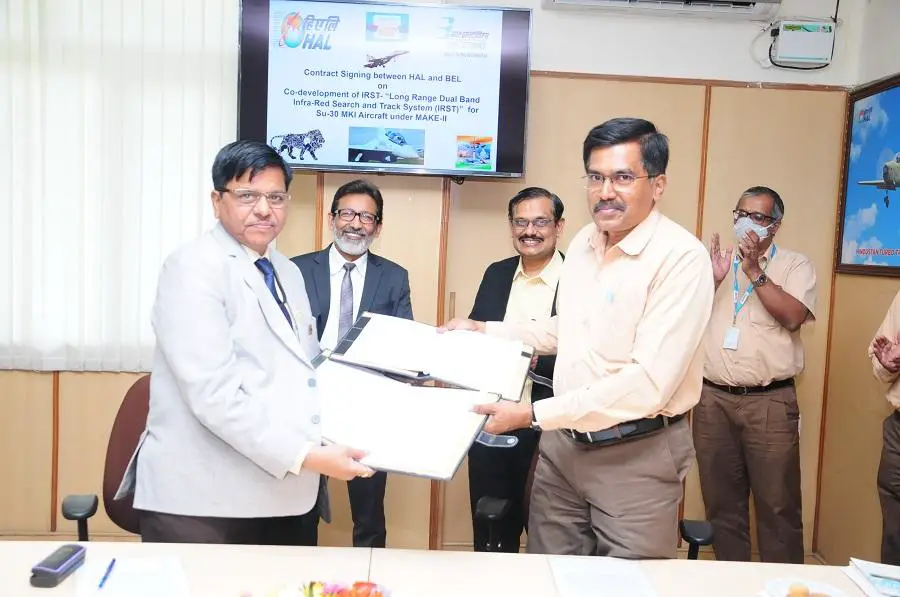
An infrared search and track (IRST) system is a method for detecting and tracking objects which give off infrared radiation (see Infrared signature) such as jet aircraft and helicopters. IRST is a generalized case of forward looking infrared (FLIR), i.e. from forward-looking to all-round situation awareness. However, because the atmosphere attenuates infrared to some extent (although not as much as visible light) and because adverse weather can attenuate it also (again, not as badly as visible systems), the range compared to a radar is limited. Within range, angular resolution is better than radar due to the shorter wavelength.
The Sukhoi Su-30MKI (NATO reporting name: Flanker-H) is a twinjet multirole air superiority fighter developed by Russia’s Sukhoi and built under licence by India’s Hindustan Aeronautics Limited (HAL) for the Indian Air Force (IAF). A variant of the Sukhoi Su-30, it is a heavy, all-weather, long-range fighter. Development of the variant started after India signed a deal with Russia in 2000 to manufacture 140 Su-30 fighter jets. The aircraft is tailor-made for Indian specifications and integrates Indian systems and avionics as well as French and Israeli sub-systems. It has abilities similar to the Sukhoi Su-35 with which it shares many features and components.
